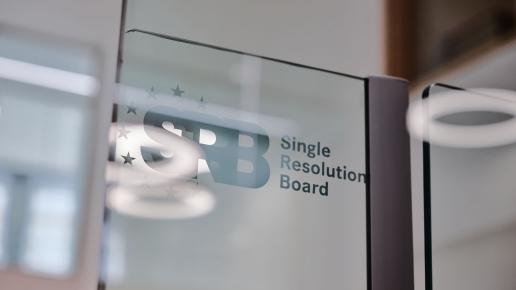Trust among authorities is the main driver to overcome ring-fencing attempts
Resolution strategies for banking groups with subsidiaries in several countries can follow either a single point of entry (SPE) or a multiple point of entry (MPE) approach. For groups with centralized structures, resolution authorities (RAs) will likely opt for an SPE approach and apply resolution tools at the parent level, while groups with a sufficiently decentralized structure may be subject to an MPE strategy.
SPE relies on the concept that the parent, being the resolution entity, will be the object of any resolution action. This allows for the efficient allocation of resources within a group in going concern; in gone concern, the upstreaming of losses and downstreaming of resources from subsidiaries and maintaining critical functions must be secured.
By contrast, an MPE strategy would be considered if a bank’s structure is based on reasonably independent - in particular “self-funded” - entities or sub-groups. This would result in multiple, operationally independent resolution entities within a group that may be resolved without affecting the other entities or sub-groups. The prevention of contagion entails a challenging trade-off between banks not being fully decentralized in going concern for operational or supervisory reasons, but entirely separable in a resolution event, as outlined in a recent article by Antonio Carrascosa.
The Banking Package strengthens the feasibility and credibility of implementing SPE, by requiring RAs to set internal MREL and TLAC requirements, which should facilitate loss absorption within a group. However, the new provisions also provide for a high level of pre-positioning of internal MREL, potentially leading to locked-in capital. It is too early to judge the consequences, but the SRB is concerned that this de facto ring-fencing within the EU might reduce substantially the needed financial flexibility at parent level.
Ring-fencing can increase risks and hamper resolvability, by trapping funds in different parts of the group, thereby not allowing for the optimal allocation of capital, resources and bail-inable liabilities within a group. In contrast, host countries fear that they might have to foot the bill if the subsidiary of a foreign banking group in their jurisdiction were to fail.
For this reason, we encourage policymakers to take forward concrete work on a legally enforceable group insolvency support mechanism for banking groups. These measures should apply to banking groups in Europe, but concrete solutions are also needed at FSB level. In the meantime, the SRB has made “bail-in playbooks” a priority of its work since 2018 and is focussing on credible and executable plans to upstream losses and downstream capital within a group, if need be.
Moreover, the SRB strives to further enhancing mutual understanding among RAs in the Banking Union and beyond. We are dedicating considerable efforts to reaching joint decisions on MREL and involving not least NRAs outside the Banking Union with material subsidiaries in determining resolution strategies. Similarly, the SRB has enhanced cooperation with third countries through cooperation agreements, workshops and multilateral simulation exercises. We remain convinced that trust among authorities is the main driver to overcome ring-fencing attempts.
Contact our communications team
Recent news

The body responsible for managing banks in crisis in Europe is celebrating its 10th anniversary and claims that Popular's 2017 resolution has been...

In last June, Parliament and Council have clinched a political deal that is applicable to all the EU member states, and which can be seen as a step...

A success story Deposit Guarantee Schemes (DGSs) have a proven track record of protecting depositors and enhancing financial stability, and are a...



